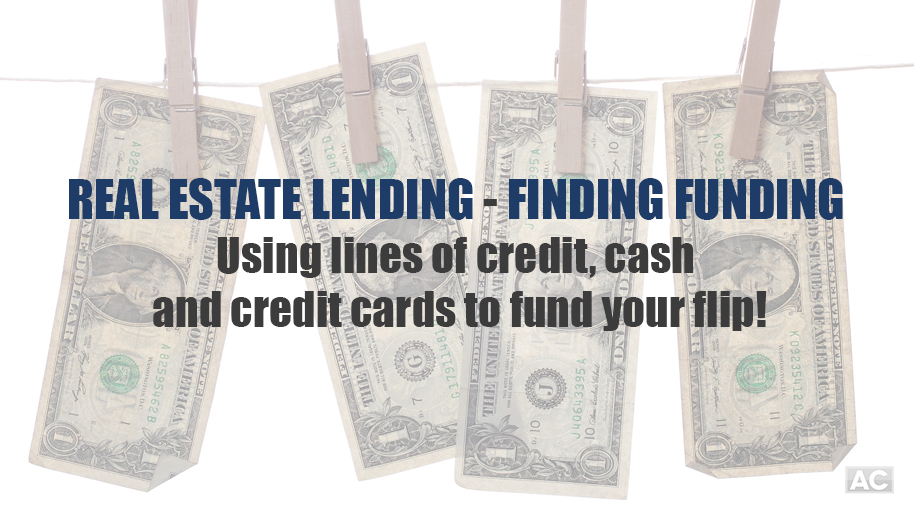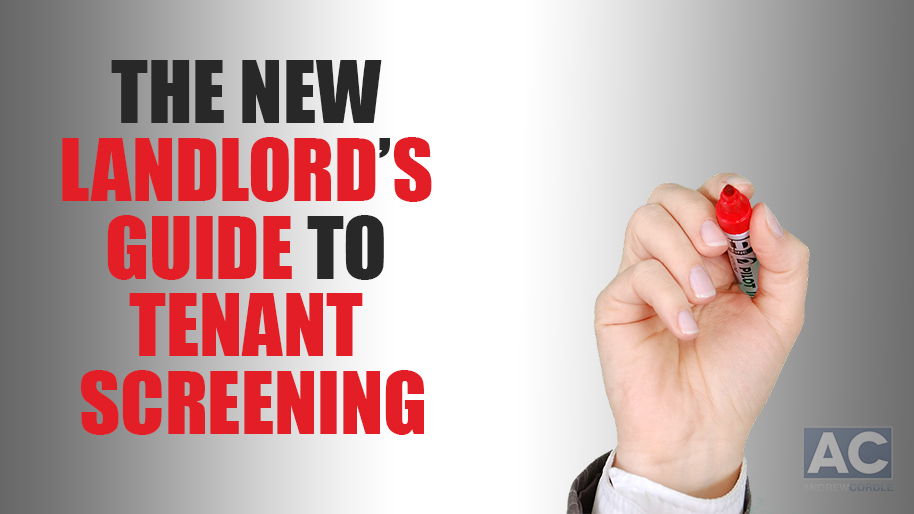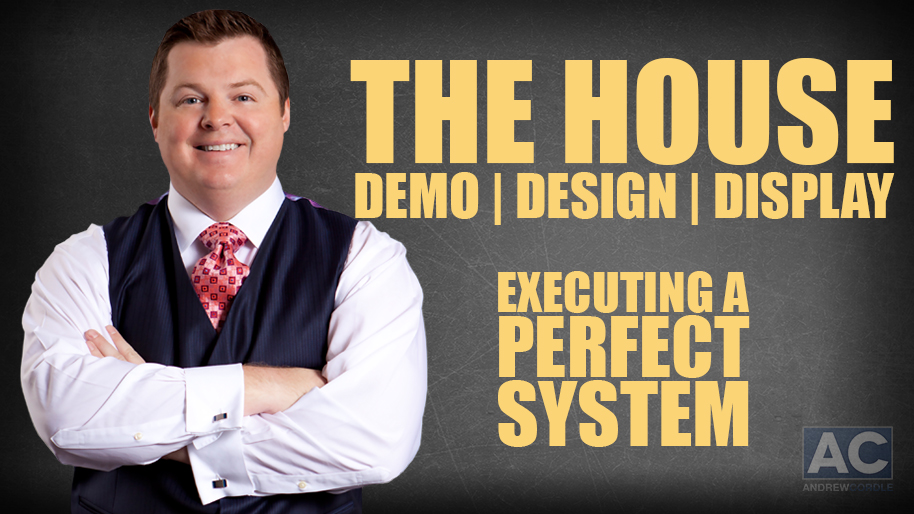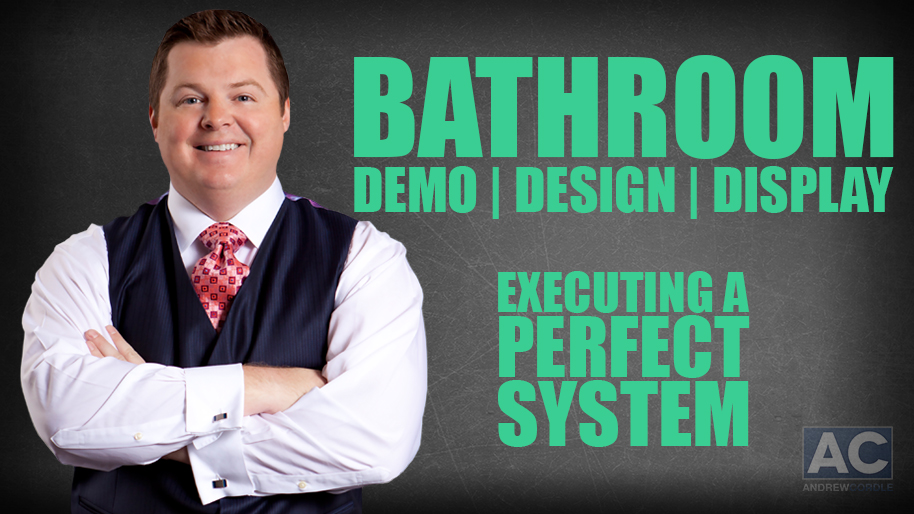Real Estate Lending: Finding Funding – Using Lines of Credit, Cash, and Credit Cards to Fund Your Flip!
October 25, 2014

Last time, we discussed HML’s or “hard money lenders” and how they work. Today, I want to go over another source of lending. Lines of credit, business lines of credit, credit cards, and cash. This is borrowing money on a line of credit or on a low-interest credit card.
Cash is obviously your best and safest funding option. The “rub?”. You have to have access to a large amount of cash! Most investors don’t have large quantities of liquid capital available, especially new investors. Cash is indeed “king” and if you have it, you’ll likely get a much better deal from your seller. However, in my experience, many of those who have the cash on-hand do not want to put it all out there on the line, they’d rather leverage it for multiple concurrent deals.
Credit cards are often never even considered by investors. However, I know of several investors who have bought and rehabbed many investments using only a credit card. This is an especially good option when the credit card being used has super-low or no interest rates. I mean, that’s basically free money! Using a credit card is a funding option that many investors who have great credit miss out on.
In fact, right now, one of my investor friends is doing a joint-venture (JV) deal with me and is using his credit card for the entire purchase. Quite literally, he has perfect credit and has 30-40 low or no-interest credit cards with very large limits. He built his credit up for years and once he decided to begin investing, his fiscal discipline paid off. Also, he literally can fund all of his own deals at almost no cost! Virtually everyone takes a credit card for payment these days. All it takes is an iPad and a square machine. Heck, with the right equipment, a vendor can slide it right through their smartphone on the spot! There’s also ways that you can get cash out of your credit card account.
You can set-up whats called a Merchant Account which gives you the option to pull cash from their credit card and deposit it into their Merchant Account, which will then be paid out in cash. This links your credit card with you Merchant Bank account. Merchant Accounts are quite popular. Some examples are Amazon, Ebay, Paypal, etc. And for those who have some dings on their credit, there are companies out there that specialize in helping you build and repair your credit. Once they repair your credit, they will help point you in the right directions for lenders with better limits and interest rates. These entities will basically build or repair your credit.
Now, let’s talk about LOC’s, or “Lines of Credit.” A line of credit is an amount of credit extended to a borrower by a bank or other financial institution. It is effectively a source of funds that can readily be tapped at the borrower’s discretion. Interest is paid only on money actually withdrawn, however, the borrower may be required to pay an unused line fee – an annualized percentage fee on the money not withdrawn. Lines of credit can be secured by collateral, or may be unsecured.
There are basically three types of LOC’s:
HELOC – Home Equity Line of Credit. This is using your house or investment property as leverage. A HELOC is a loan in which the lender agrees to lend a maximum amount within an agreed period (called a term), where the collateral is the borrower’s equity in his/her house – like a second mortgage. Once approved, you’ll receive a checkbook and debit card based on your HELOC account.
PLOC – Personal Line of Credit. Lines of credit are often extended by banks, financial institutions and other licensed consumer lenders to creditworthy customers (though certain special-purpose lines of credit may not have creditworthiness requirements) to address liquidity problems; such a line of credit is often called a personal line of credit. The term is also used to mean the credit limit of a customer, that is, the maximum amount of credit a customer is allowed. These are available through financial institutions IF you have sufficient/good credit. I have personally known of investors who have established such good credit within only a few years that they now have $500,000 in a PLOC! PLOC’s work like a HELOC except that you have personally guaranteed it without leverage.
BLOC – Business Line of Credit. A business line of credit loan helps small businesses grow and operate. This type of loan is designed to finance short-term working capital needs. These loans are given by financial institutions to operating businesses that meet certain criteria. This works similar to HELOC and PLOC except that it’s attached to your business. You are not always required to sign a personal guarantee with a BLOC and banks often prefer to loan to a business rather than a person.
There are some requirements for qualification such as having an established business thats been operating for at least two years. They look at your Dunn & Bradstreet/Paydex score. The Paydex score is D&B’s unique dollar-weighted numerical indicator of how a firm paid its bills over the past year, based on trade experiences reported to D&B by various vendors. The D&B Paydex scores range from 1 to 100, with higher scores indicating better payment performance. Similar to credit cards, there are companies out there that will help you set this up the right way before you go out searching for a BLOC.
Now, get out there and find some money!













